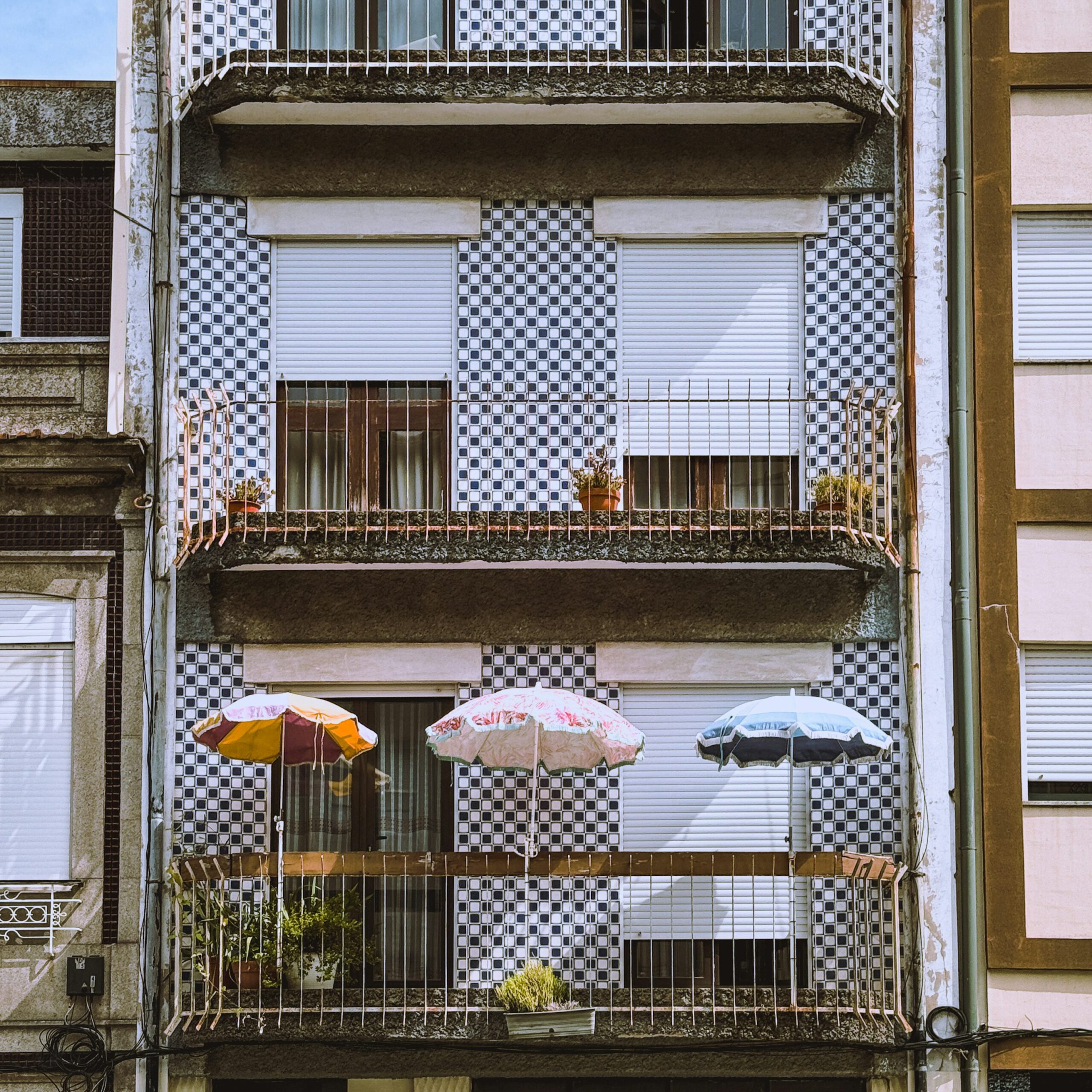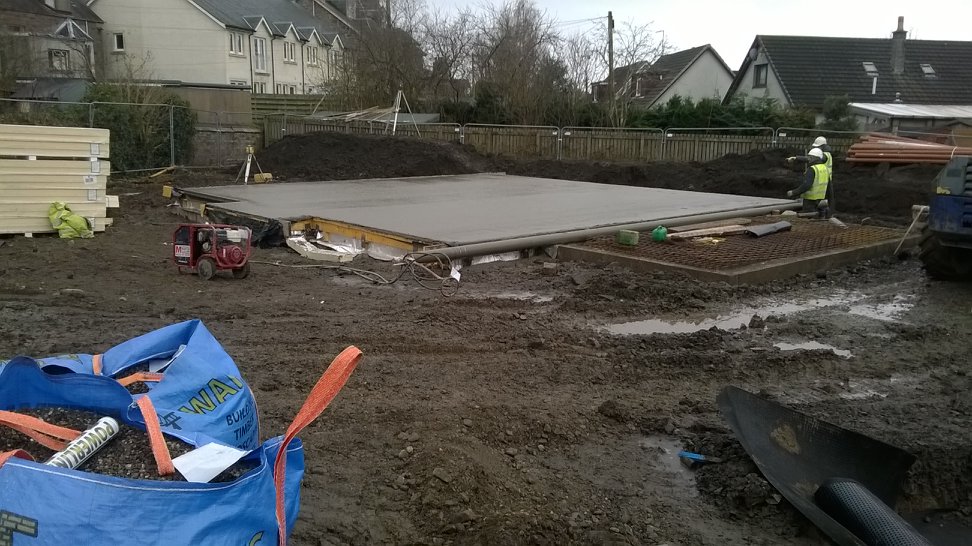The Portugal real estate crisis hit the country hard in the late 2000s, following the global financial recession. The crisis was fueled by factors such as overdevelopment, inflated property prices, and a high level of debt among both individuals and banks. As a result, property values plummeted, and many construction projects came to a halt. This led to a wave of bankruptcies and foreclosures, leaving many people without homes and investors with heavy losses. In recent years, the real estate market in Portugal has been slowly recovering, but the effects of the crisis are still felt in some areas, particularly in regions where oversupply remains a problem. One example of the lingering impact of the real estate crisis in Portugal is the high number of vacant properties in some areas, such as the Algarve region. Many investors who purchased properties during the boom years left them empty or unfinished when the market collapsed, contributing to an oversupply of housing that has yet to be absorbed. Additionally, the crisis led to a drop in property prices, making it difficult for some homeowners to sell their properties at a profit. This has created a challenging environment for those looking to enter the real estate market or for homeowners seeking to downsize or relocate.
Factors influencing Porto’s real estate market
Factors influencing Porto’s real estate market include the city’s growing popularity among tourists and expats, leading to an increase in demand for housing. The city’s rich history, beautiful architecture, and vibrant culture have made it a desirable destination for both investors and homebuyers. Additionally, the city’s relatively affordable property prices compared to other European cities have attracted buyers looking for a more affordable option. Furthermore, the ongoing urban development and infrastructure improvements in Porto, such as the renovation of historic buildings and the expansion of public transportation, have also had a positive impact on the real estate market. These developments have made certain neighborhoods more attractive to buyers, influencing property prices in those areas. Additionally, the city’s strong economy and job market have attracted young professionals looking to settle down in Porto, further driving up demand for real estate in the city.
Current state of Porto’s real estate sector
The current state of Porto’s real estate sector is booming. Over the past few years, there has been a significant increase in property prices and demand for housing in the city. Many new residential and commercial developments are popping up all over Porto, attracting both local buyers and foreign investors. The historic city center is especially popular, with its charming old buildings and riverside views driving up property values. For example, the average price per square meter in downtown Porto has doubled in the last five years, making it one of the most expensive areas in Portugal. In addition to rising property prices, rental rates in Porto have also been on the rise. Many locals are struggling to find affordable housing, as landlords capitalize on the high demand by increasing rents. This has led to a growing concern about gentrification and displacement of long-time residents in certain neighborhoods. For instance, areas like Cedofeita and Bonfim have seen a surge in rental prices, making it difficult for young people and lower-income families to find suitable accommodation. As a result, there is a mixed sentiment within the community about the impact of the real estate boom on Porto’s social fabric.
Discussion on potential impact of crisis on Porto
Some experts believe that Porto may not be as heavily impacted by the Portugal real estate crisis as other cities due to its strong tourism industry and growing international presence. With an increase in foreign investment and a growing tech sector, Porto has been able to diversify its economy and attract new opportunities for growth. This could lead to a surplus of available properties and a decrease in property values, making it more difficult for homeowners and investors to sell or rent out their properties. As a result, Porto may face challenges in maintaining its current level of growth and development in the face of an uncertain economic climate.
Expert predictions for Porto’s real estate future
Some experts believe that Porto’s real estate market will remain resilient despite the crisis affecting Portugal. They argue that Porto’s growing popularity as a tourist destination and a hub for startups and tech companies will continue to drive demand for property in the city. For example, the recent increase in bookings on platforms like Airbnb and the influx of digital nomads looking for a place to settle down in Porto are clear indicators of the city’s attractiveness to both tourists and professionals. Additionally, the city’s historic architecture and relatively affordable property prices compared to other European cities make it an appealing option for investors. On the other hand, some experts are more cautious about Porto’s real estate future. They highlight the potential risks of oversupply in certain areas of the city, as developers continue to build new residential and commercial properties to meet the growing demand. For instance, the construction of luxury developments along the Douro River could lead to an oversaturation of high-end properties in the area, potentially resulting in a price correction in the future. Moreover, the economic impact of the ongoing crisis in Portugal could affect the purchasing power of both local and foreign buyers, leading to a slowdown in the real estate market in Porto. Despite these concerns, others believe that Porto’s unique charm and strong fundamentals will help the city weather the storm and continue to attract investors and homebuyers in the long run.














